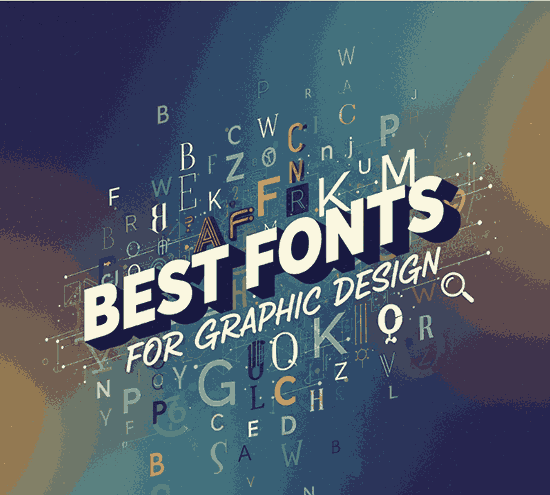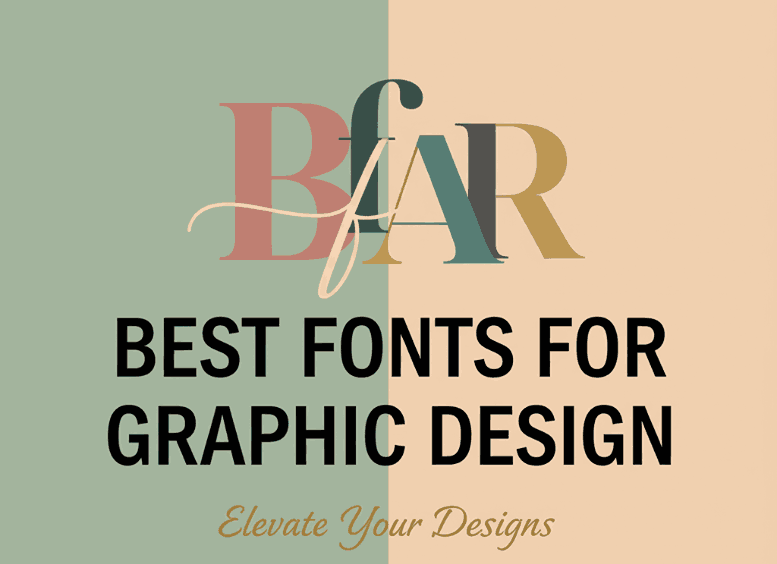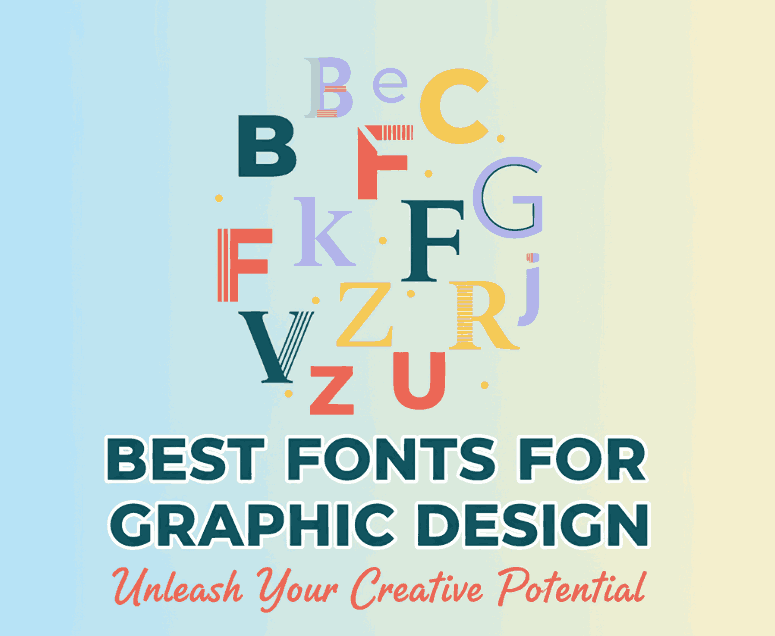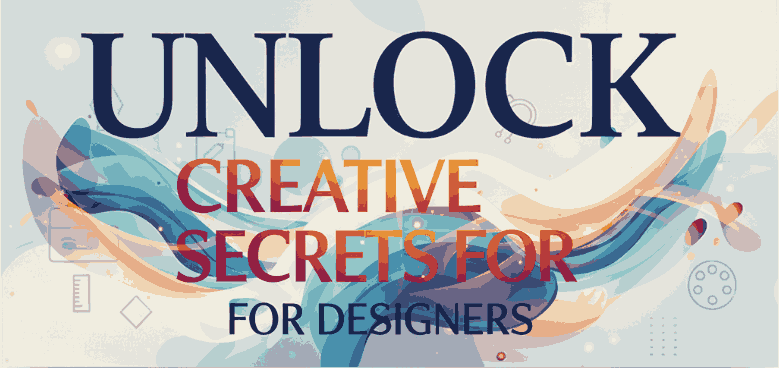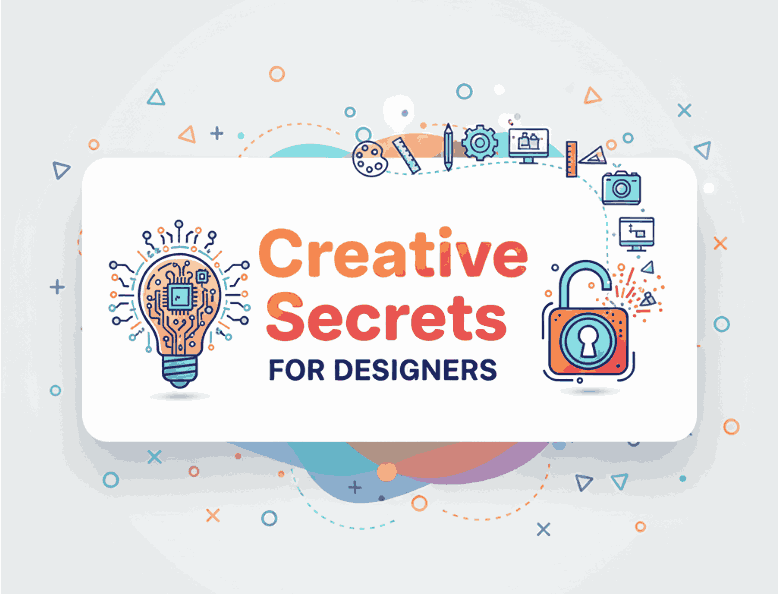
Table of Contents
- Introduction: Why Modern Font Styles Matter for Designers
- Key Characteristics of Modern Fonts
- Serif Fonts with a Modern Twist
- Sans Serif Fonts for Sleek Branding
- Script and Handwritten Modern Styles
- Display Fonts for Bold Statements
- Examples of Modern Font Styles (With Mockups)
- Tips for Choosing the Right Modern Font
- Final Thoughts
- References
1. Introduction: Why Modern Font Styles Matter for Designers
Modern font styles for designers play a big role in shaping how people perceive a design. From branding to marketing materials, the right modern font styles can define the mood and personality of a project. Whether you’re working on a logo, website, packaging, or social media graphics, the fonts you choose set the tone for your brand. Modern font styles bring a fresh, clean, and forward-thinking look that resonates with today’s audiences.
Modern font styles For designers, modern fonts are not just about aesthetics—they communicate professionalism, creativity, and innovation. Using the right modern typeface can instantly elevate your project, making it stand out in a competitive visual landscape.
2. Key Characteristics of Modern font styles
What makes a font “modern”? While design trends constantly evolve, most modern fonts share these traits:
- Minimalism → clean shapes, fewer decorative elements.
- Geometric structure → based on circles, squares, and sharp lines.
- Versatility → works well across digital and print platforms.
- Clarity → highly legible, even in small sizes.
- Boldness → makes an impact in branding and advertising.
Modern font styles combine functionality with elegance, making them ideal for contemporary branding.

3. Serif Fonts with a Modern font styles Twist
Traditionally, serif fonts are considered classic and formal. But modern serif fonts reimagine this style with sleeker lines, higher contrast, and minimalist details.
These fonts work perfectly in editorial design, luxury branding, and professional websites.
4. Sans Serif Fonts for Sleek Branding
Sans serif fonts are the hallmark of modern design. They’re clean, geometric, and easy to read across screens. Designers love sans serif styles because they:
- Adapt seamlessly to digital platforms.
- Convey professionalism and trustworthiness.
- Provide flexibility for both headers and body text.
Think of famous brands like Google, Spotify, or Airbnb—all built on modern sans serif typography.
5. Script and Handwritten Modern font Styles
Not all modern fonts are rigid or geometric. Handwritten and script fonts also fall into the modern category when designed with fluid strokes, balanced proportions, and digital-friendly details.
These fonts are perfect for creative projects, social media, fashion branding, and lifestyle businesses. They add a personal, authentic touch while still keeping a modern aesthetic.
6. Display Fonts for Bold Statements
Display fonts are designed to stand out. They’re best for headlines, posters, or logos, where you want to grab attention instantly.
Modern display fonts often feature experimental shapes, futuristic vibes, or artistic details, making them the go-to choice for designers who want to push creative boundaries.
7. Examples of Modern Font Styles (With Mockups)
Here are some excellent modern font styles available on Calligraphy Fonts that showcase versatility and creativity:
- Denham Font → a bold and stylish typeface perfect for logos and modern branding.
- Technophile Font → futuristic and digital-inspired, great for tech projects.
- Neutrons Font → sleek and minimal, perfect for designers seeking simplicity.
- Federal Right Font → bold and commanding, ideal for attention-grabbing headlines.
These fonts not only elevate your design but also showcase how modern typography adapts to different industries and creative needs.

8. Tips for Choosing the Right Modern Font
Selecting the best modern font style depends on your project goals. Here are some tips:
- Match the brand identity → choose fonts that reflect the personality (e.g., playful, bold, minimal).
- Balance readability with uniqueness → never sacrifice clarity for style.
- Use contrast → pair serif and sans serif fonts for visual harmony.
- Consider scalability → ensure the font looks good in both small and large formats.
- Test across platforms → check how it performs on mobile, web, and print.
9. Final Thoughts
Modern font styles are more than just design elements—they’re powerful storytelling tools. They help designers and brands communicate creativity, professionalism, and authenticity.
By exploring different modern font categories—serif, sans serif, script, and display—you’ll be able to craft designs that resonate with today’s audiences.
Whether you’re designing a sleek tech logo or a stylish lifestyle brand, modern typography ensures your work stays relevant, timeless, and impactful.
10. References
- Google Fonts – Explore a vast library of modern, free fonts.
- Canva Font Combinations – Ideas for pairing fonts.
- Typewolf – Real-world font inspiration for modern design.

